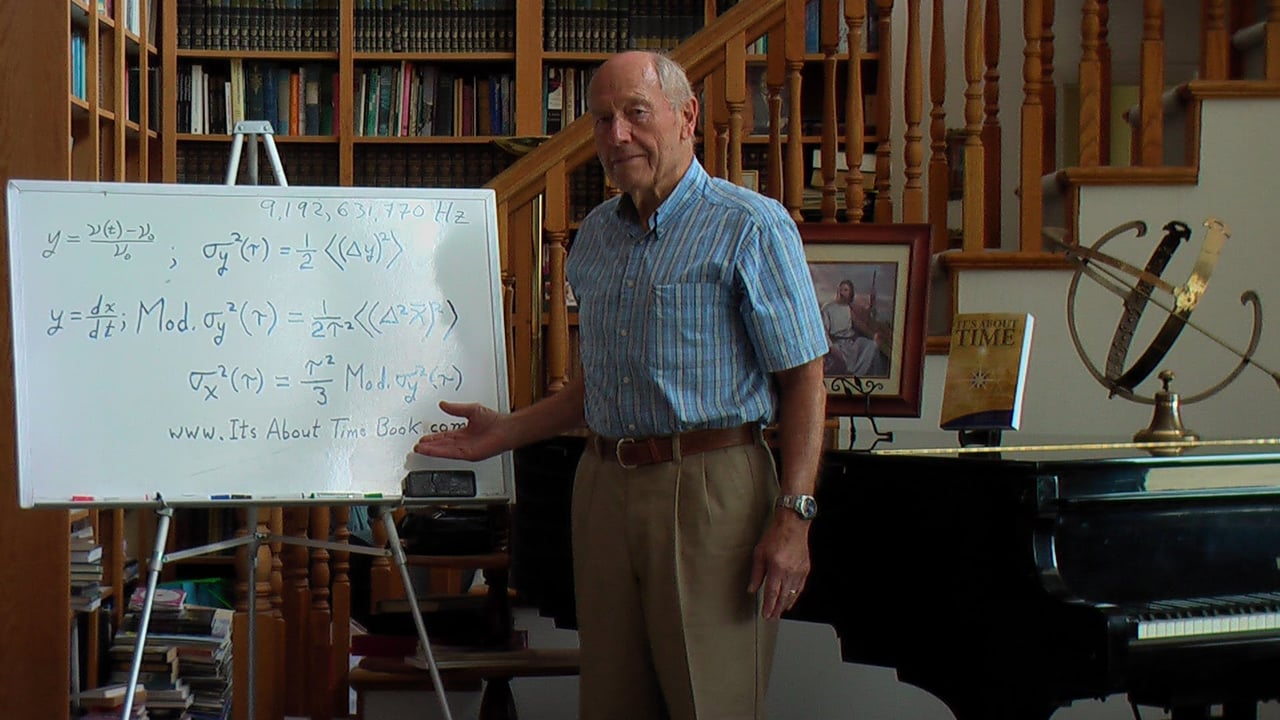
RF engineers would love to get their hands on an ideal crystal oscillator circuit. That is, a quartz crystal oscillator that transmits at the designated frequency for the entire life of the device without any frequency deviation. Unfortunately, that ideal circuit world is a mathematical fantasy.
There are many factors that contribute to quartz oscillator stability and frequency drift issues. To prevent these problems as much as possible, it's important to have a firm understanding of precise frequency stability. This will give you the tools to keep your applications performing optimally. But there's another problem...
Unfortunately, we've noticed there are many misconceptions out there about crystal oscillator stability. More specifically, we get a lot of frequently asked questions regarding the different types of stability issues including:
- Frequency vs. temperature stability
- Frequency vs. load stability
- Frequency vs. supply stability
- Allan deviation (ADEV)

Oscillator Frequency vs. Temperature
Temperature is at the top of our list here because it is the most significant cause of frequency drift. Humidity and pressure can have an even greater effect measured in parts per billion, but those environmental influences are easily overcome by using hermetically sealed packaging for the crystal, either in a vacuum or with an inert gas such as nitrogen.
Temperature presents a more difficult challenge. Shifts in temperature in the standard range can cause frequency drift in the tens of parts per million, and worsen further at extreme temperatures.
Simple system level solutions such as cooling fans aren't practical for many applications, but precise control can be designed into the oscillator integrated circuit (IC) to sense and compensate for ambient temperature changes.
As noted in this article from Electronic Design, it's important for developers to understand that an oscillator's stability rating, typically characterized at 25 degrees C, does not represent the component's accuracy across the temperature range. The good news is that there are a variety of temperature compensated oscillators available:
- Temperature-compensated crystal oscillators (TCXOs) have an internal temperature sensor that the IC circuit uses to adjust the frequency of the crystal.
- Voltage-controlled crystal oscillators (VCXOs) can have their frequency adjusted by an externally applied voltage. VCXOs have a wide variety of applications in frequency modulation (FM) and phase-locked-loop (PLL) systems. A varactor diode, which is essentially a variable voltage capacitor, enables voltage control of the frequency.
- Oven-controlled crystal oscillators (OCXOs) are the most resistant to temperature change. The crystal is housed in an enclosure with specialized circuitry designed to heat the area surrounding the crystal. This maintains a constant temperature and removes the need for further drift compensation. OCXOs provide the lowest drift under normal operating conditions.
Related: Crystal Oscillators: The Beginner's Guide (OCXO, TCXO, VCXO, & Clocks)
Oscillator Frequency vs. Load
Capacitive loads affect frequency. Crystal oscillators must be matched to varying loads, to account for the wide variety of crystal components available.
Maximum drive power must also be considered to prevent over-driving. If a quartz crystal is constantly exposed to overdriven conditions in excess of the anticipated maximum power, it can age quickly.
Even placement on the board can affect capacitive load, whether it means relocating the crystal itself or rerouting other components. All of these are potential sources of mechanical resonance that have to be accounted for and tested in the oscillator circuit design process.
Oscillator Frequency vs. Supply
Alteration of the power supply load can cause a change in the effective resistance of the oscillator circuit, leading to frequency drift. One solution is to use a regulated power supply, ensuring that the output voltage will always stay at the rated value of the power supply, regardless of the current that the device is consuming.

ADEV - Allan Deviation
Allan deviation (the square root of Allan variance) measures frequency stability. It's named for physicist David W. Allan, who developed the formulas to measure frequency stability in clocks, oscillators, and amplifiers. (Fun fact: We've been fortunate enough to work closely with Mr. Allan over the years.)
There are two components of phase noise in these devices, which standard deviation could not resolve using direct repeatable measurements: white frequency noise and flicker frequency noise. ADEV provides a means to meaningfully separate noise-forms for time-series of phase or frequency measurements between two or more oscillators. You can dive into the math for more details in this report from Iowa State University.
Frequency Stability Solutions at Bliley Technologies
At Bliley Technologies, we have 85 years of experience crafting the universe's best high-performance frequency control products.
Our extensive product lineup gives you the versatility to develop your applications with the proper balance of reliability and cost-effectiveness. Don't hesitate to contact us with any questions you have!






